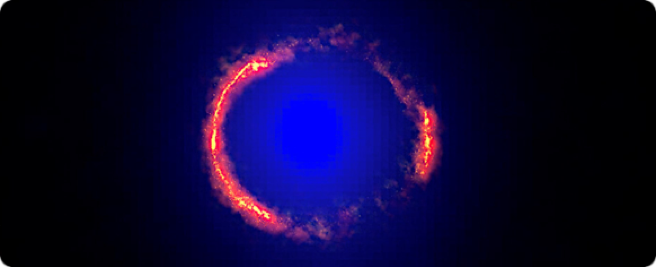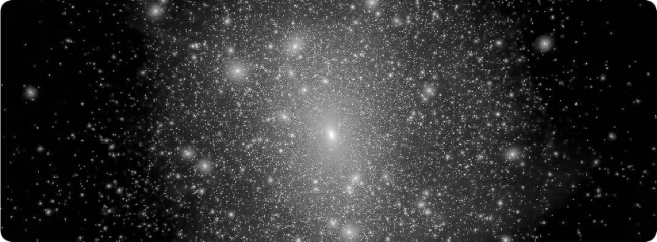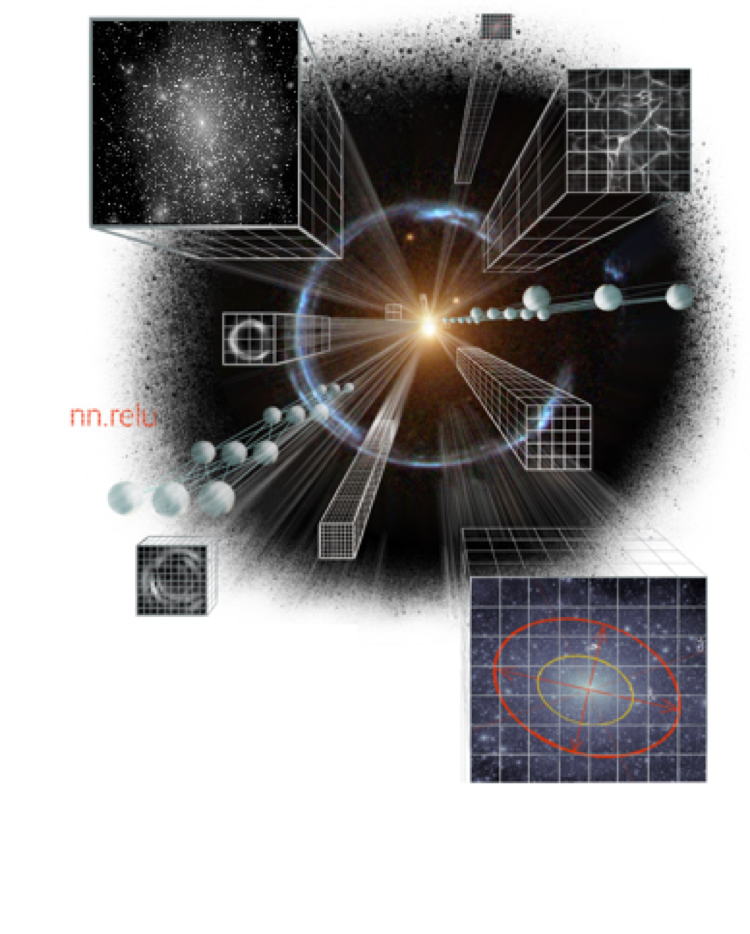My research is generally focused on strong gravitational lensing. Gravity of massive galaxies in the universe can bend the light coming from other galaxies that are farther away, producing multiple images of the background galaxies, like a mirage. This results in magnified images of the background sources. Lensing allows us to study many different topics. We can use the lensing magnification as a natural telescope to study some of the farthest object in the universe with high spatial resolution. We can also use it to study dark matter in the lensing galaxies, or as a tool to measure the expansion rate of the universe.



In the past few years, we have discovered many strong gravitational lensing in the submm bands (a few examples above) and we regularly observe them with the world’s most powerful radio observatory, ALMA (photo below).

In the past few years, we have discovered many strong gravitational lensing in the submm bands (a few examples above) and we regularly observe them with the world’s most powerful radio observatory, ALMA (photo below).

And I primarily use these lenses to measure the distribution of dark matter on sub-galactic scales, to resolve a decades-long controversy about the predictions of the Cold Dark Matter.
I have now focused my efforts to the development of machine learning tools for the analysis of large volumes of data from upcoming sky surveys.
